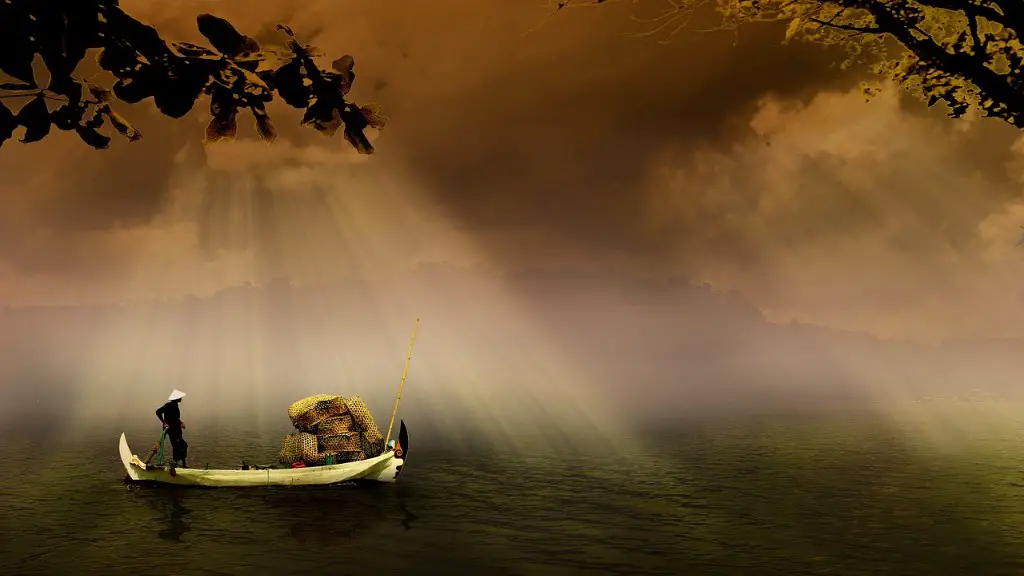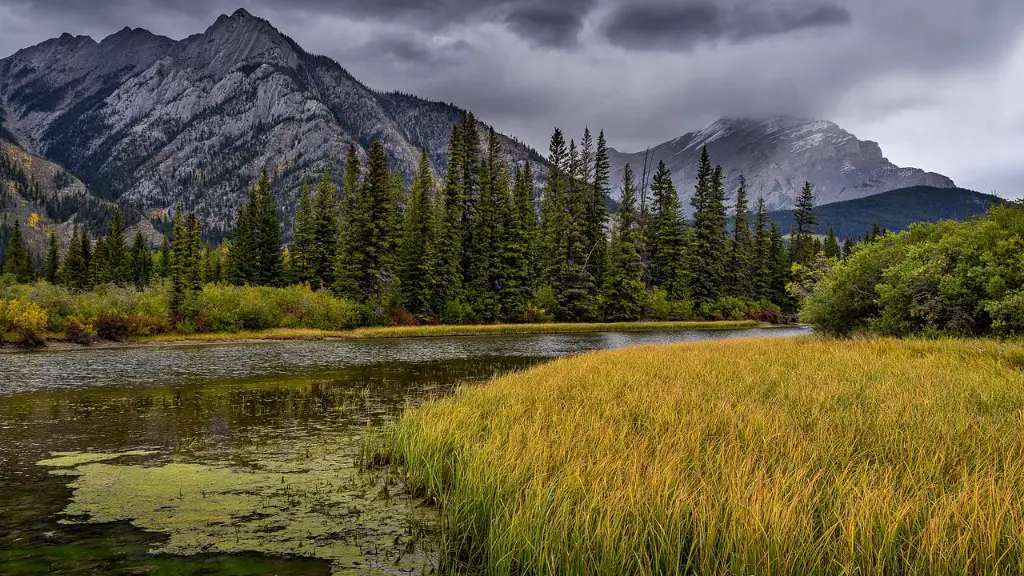The Yangtze is the world’s third longest river and the longest river in Asia, spanning more than 6,000 kilometers (3,700 miles) across China. It is one of the most important natural resources for the region, providing essential drinking, irrigation, and hydropower supplies. But unfortunately, ecological pollution in the Yangtze has been increasing for many years. The river’s condition is a serious environmental concern, and the problem has been getting worse due to overuse and mismanagement.
Since the Yangtze’s economic boom in the 1980s, it has been among the planet’s most polluted rivers, because of the heavy industrialization and population growth in the area. For example, industries on its banks have caused a drastic increase in water pollution. These factories are known to discharge their liquid and solid substances directly into the river. This has caused massive problems in the aquatic ecosystem, failing to maintain a balance of minerals and nutrients in the water.
Furthermore, around 12 million tons of heavy metals, such as lead, are discharged into the river each year. Chemical fertilizers, pesticides, and herbicides are also used in abundance, strongly affecting the water and its community of species. Uncontrolled sewage from cities and villages have contaminated the waters as well. This has made the water toxic and dangerous for fishing, swimming, and other activities. With in increase in human waste and pollutants, the river has become a hazardous mixing ground between sewage, toxic waste, and even hazardous industrial chemicals.
Another major problem is the lack of wastewater treatment plants in China. According to a report by the Global Times, only 72 water pollution treatment plants are currently in operation in China, which means that 4.5 billion tons of waste are not properly treated before being released into the environment. The government’s solution has been to build more waste management facilities and enforce the existing laws against pollution, but the process has been slow and inefficient. This has led to an increase in waterborne diseases like malaria, cholera and dysentery, with millions of people being affected.
The Yangtze is not only a natural resource, it’s also highly valued for its cultural, spiritual and tourism potential. The river and its adjacent lakes, tributaries and wetlands form an important eco-tourism destination in China. Sadly, their current environmental state has deteriorated, threatening the economy and biodiversity of the region. Furthermore, species endemic to the river are now endangered. For example, the Chinese alligator, the finless porpoise and the Chinese paddlefish, were once common in the basin, but now they are all considered critically endangered species.
The government has taken steps to restore some of the damage done to the river, such as the removal of industrial pollutants, repairing of levees, and the building of wastewater treatment facilities. But these measures may not be enough, to restore the Yangtze to its former ecological state.
Degradation of Biodiversity
The Yangtze River Basin is home to many species of plants and animals, many of which are found nowhere else in the world. However, overfishing, intensive agriculture, and water pollution are endangering species and disturbing the ecosystem balance of the area. The Chinese paddlefish, for instance, has become critically endangered from overfishing and habitat loss. Similarly, the Baiji river dolphin disappeared from the Yangtze River in 2006.
These losses are not just limited to aquatic species. Many terrestrial animals in the region, such as the wild boar and yellow-headed box turtle, are also in danger. The government has been unable to effectively control the overharvesting of plant and animal species in the region, despite the efforts of many conservationists.
The degradation of biodiversity within the Yangtze and its lakes affects the livelihoods of many local communities and disrupts the economic balance of the region. The overexploitation of natural resources, such as timber and fish, puts people’s livelihoods in danger. This has created a strong incentive for communities to move elsewhere, leaving the area for further exploitation.
Protests against the Construction Projects
The Chinese government has been pushing for the construction of several large-scale development projects on the Yangtze’s ecosystem. These include the Three Gorges Dam and the South-North Water Transfer Project. Though these projects have been intended to reduce flooding and increase the amount of available water, they have been met with much opposition from locals and environmentalists who are concerned about the preservation of the river’s ecosystem.
For instance, the Three Gorges Dam has been hugely controversial because of its detrimental impacts on the environment. After its completion, the water level of the Yangtze rose by more than 30 meters, flooding towns and cities and endangering the lives of people living along the river. The dam also caused the displacement of over 1 million people, affecting the lives of many local communities.
The South-North Water Transfer Project has been criticized as well, due to its enormous cost and potential damage to the environment. The project plans to build seven canals, connecting the Yangtze with the Yellow River in the north. Though it could provide the the north its much-needed water, many have argued that this project could potentially wreak havoc on the Yangtze’s ecosystem.
Several protests have been held against the construction of these projects, as many people did not want to risk the destruction of their natural resources for the sake of economic progress. However, despite the opposition, many of these projects have gone ahead, leaving many locals feeling powerless and unheard.
Lack of Public Participation
A major issue in the issue of the degradation of the Yangtze River is the lack of public participation in decision-making. Though the Chinese government has taken some steps to address the environmental problems, their solutions are often viewed as top-down measures that lack public consultation. This has resulted in solutions that do not take into account the needs and concerns of the local communities.
The public’s lack of involvement in the decision-making process has led to inadequate responses to the problem, as well as a lack of oversight in the implementation of new policies. This has resulted in a lack of accountability and a weak regulatory framework, making it difficult to enforce anti-pollution measures in the area.
Furthermore, local communities are often excluded from the economic benefits of development projects in the Yangtze. This has resulted in an unequal distribution of resources, as local populations are not adequately compensated for their loss of resources, or provided with livelihood opportunities.
Lack of Awareness
Lack of awareness is another major issue in the issue of the degradation of the Yangtze River. Many people are unaware of the full extent of the damage that is being caused to the river, and the potential solutions to the problem. As a result, it is difficult to mobilize people to take effective action.
In addition, there is also a lack of awareness about the importance of the river and its importance to the communities who depend on its resources. Without sufficient understanding of the river’s fragile ecosystem, it is difficult to make people understand the need for conservation and preservation.
Education is key to creating awareness about the Yangtze’s ecological crisis. The government should invest in initiatives that promote environmental education in the area, and ensure that the public is informed of the environmental effects of their actions. This could be done through public campaigns and initiatives, as well as through outreach programs and social media.
Modern Solutions
Though there are currently few solutions to the issue of ecological pollution in the Yangtze River, many experts believe that the situation can be improved if the right measures are taken. Technologies and solutions such as water purification plants, wastewater reuse systems, and green energy systems can help reduce the amount of pollution in the river. In addition, the government should strengthen its enforcement of anti-pollution laws and protect the rights of local communities.
The Yangtze is an integral part of the Chinese culture and economy, and it is essential to protect and preserve it. To do this, the Chinese government needs to invest in new measures to reduce the Ecological Footprint of the river, and include local communities in the decision-making process. Only through collaboration and awareness can we find a way to restore the Yangtze River to its former glory.





